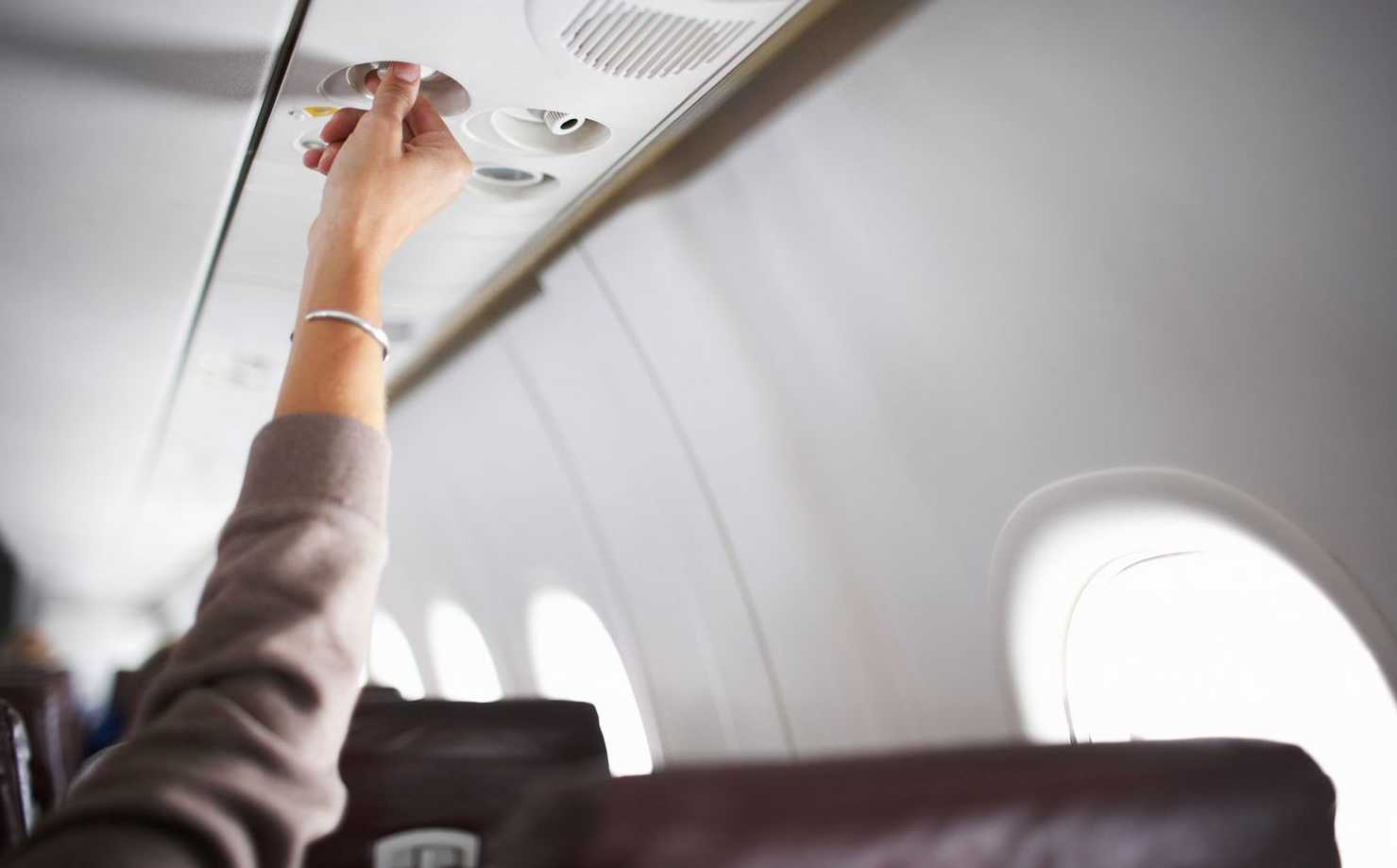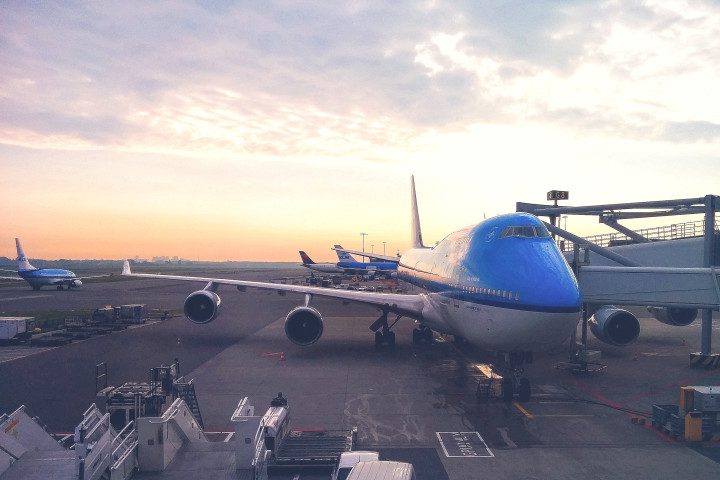For some, a flight amounts to little more than being confined to one seat for an extended period. For others, this ordeal is compounded by the prospect of feeling nauseous, and in severe cases, experiencing vomiting when turbulence becomes particularly rough.
Air sickness afflicts many travelers, but fortunately, there are measures you can take to better prepare yourself against this vexing side effect.
The primary step in combating air sickness is understanding its nature. It arises when your inner ear senses movement that your eyes fail to register. Conversely, if your eyes detect motion that your body doesn’t feel, such as when watching a particularly jarring movie scene, you can experience motion sickness without actual movement. This discrepancy can lead to various symptoms: clammy skin, pallor, headaches, lightheadedness, queasiness, heightened saliva production, fatigue, and vomiting. A 2015 study, drawing from genetic data provided by the group 23andme, published in the Oxford Academic on Human Molecular Genetics, revealed that roughly one in three people are prone to car sickness, which shares remarkably similar causes with air sickness.
Moreover, it has been observed that anxiety and stress exacerbate motion sickness, meaning it may persist beyond your flight. However, there are a few straightforward methods to either prevent these side effects or alleviate them once they’ve set in.
Symptoms Of Motion Sickness On Airplanes
Motion sickness can involve the below symptoms, however others might experience symptoms out of the realm of what is discussed below:
1) Nausea: A feeling of queasiness or an urge to vomit.
2) Dizziness or Lightheadedness: A sensation of unsteadiness or feeling faint.
3) Headache: A mild to moderate headache that can be accompanied by discomfort.
4) Increased Salivation: A noticeable increase in saliva production.
5) Pale Skin: A change in skin color, often resulting in a paler complexion.
6) Cold Sweats: You may feel cold, yet sweaty at the same time.
It’s worth noting those whom experience airplane motion sickness symptoms can vary from person to person. Some individuals may experience no symptoms, while others who are prone to motion sickness might have motion sickness worse than some.

How to Prevent Motion Sickness on an Airplane
While the thought of being motion sick appeals to no one, it’s never a 100% guarantee it can be avoided completely. Some individuals are just far more prone to airplane motion sickness. We have put together a list of tips and tricks help you avoid motion sickness for your next trip.
Choose Your Airplane Seat Wisely
Seats near the front and directly over the wings are more stable, reducing body movement during the flight. Like on a bus, the further back you go, the bumpier it gets. While there isn’t necessarily concrete proof a window seat helps, some claim the right seat can help you level out by seeing outside.

Make Use of Air Vents
Direct airflow can significantly alleviate motion sickness symptoms in a confined space like an airplane seat. While fresh air might be a challenge to get while 30000 ft in the air, look to the air vent above your seat for relief during moments of nausea and discomfort.
Skip the Reading Session
While doctors suggest focusing on a stable scene or horizon during motion sickness, reading won’t improve your situation. It introduces more movement that could disrupt your inner balance. This also goes for devices. If you can avoid digital screens or even avoiding tense thrillers that have you focused intently, it can make your situation worse. It’s best to try to stay relaxed, take deep breaths, so you brain isn’t boggled down with conflicting signals or input from mystery novels or that digital device.
Watch Your Pre-Flight Diet
The Aircraft Owners and Pilots Association advises having a light meal the night before and on the day of your flight. Avoid consuming too many calories and skip salty foods, as they can worsen dehydration, which is common in dry airplane environments Also, avoid greasy foods that could upset your stomach. Avoiding an empty stomach and being able to watch what you eat will help your digestive system and help avoid things like nausea.

Stay Hydrated
This probably goes without saying, but staying hydrated is key. Avoid alcoholic and caffeinated beverages if possible. Water is always a healthier option than carbonated drinks. Drink plenty of fluids like chamomile tea and ginger root. These can lead to feeling better if you feel nauseous. If you need a carbonated drink, go with club soda. If you are able to avoid alcohol and by drinking plenty of water, you are already one step ahead of the game.
Try Acupressure
A 1995 study published in the Aviation, Space, and Environmental Medicine journal found that self-administered acupressure can reduce motion sickness. Acupressure involves stimulating various pressure points on your body to enhance energy flow.
For motion sickness, try pressing your thumb into your wrist about two inches down from the crease. Apply varying pressures for a few minutes to determine what works best for you.
Opt for Ginger Ale
Ginger is beneficial for digestion. When the beverage cart comes around, request a can of ginger ale to sip. Avoid large gulps to prevent air bubbles from adding to your stomach discomfort. Hard ginger candies can also be effective for an upset stomach.
Pack Some Dramamine
If all else fails, there are medications available to help alleviate motion sickness. Be cautious though, some of these medications can cause severe drowsiness. On the flip side, sleeping through your flight is a preferable alternative to spending it in the cramped airplane bathroom. Dramamine is a popular and safe over the counter drug. Otherwise you can talk to your medical professional about different prescription drugs that might work for you. Essential oils might help, however you might be sending mixed signals if someone in the passenger seat next to you doesn’t agree with your choice of aroma.
Experiment with Verbal Placebos
A study in the Journal of Applied Psychology demonstrated the effectiveness of informing naval cadets in the Israel Defense Forces that they were unlikely to experience seasickness, and if they did, it wouldn’t affect their performance. At the end of the five-day experiment, there were fewer reports of seasickness.
Check out our other articles for tips on flying and packing:
Ready for your Next Flight?
Understanding the common symptoms of air sickness is crucial for anyone embarking on a flight, as it allows for better preparation and mitigation strategies. While motion sickness can affect individuals differently, pregnant women are particularly susceptible to its discomforting effects. Nevertheless, armed with knowledge and a few proactive measures, such as selecting an optimal seat, practicing acupressure, and avoiding certain foods or limit alcoholic beverages, it is possible to effectively treat motion sickness. By taking these steps, travelers can transform their flying experience from a potential source of discomfort to a smoother and more enjoyable journey.

